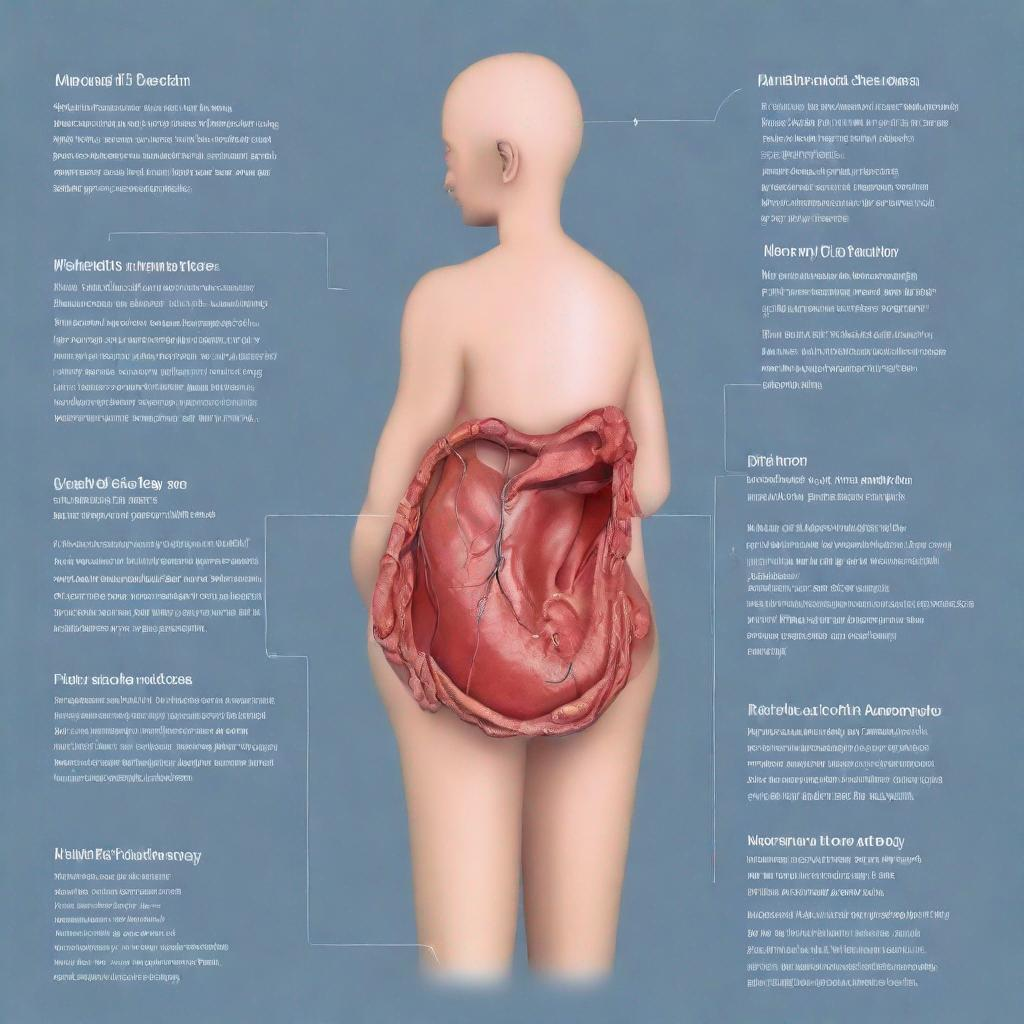## Magnetic Resonance Imaging (MRI)
### Introduction
Magnetic resonance imaging (MRI) is a non-invasive medical test that uses magnetic fields and radio waves to create detailed images of the inside of the body. It is a powerful diagnostic tool that can reveal valuable information about the structure and function of organs, tissues, and bones.
### Procedure
An MRI test is performed in a special machine called a magnetic resonance scanner. The patient lies on a movable table that slides into the scanner. The scanner generates a strong magnetic field, which aligns the protons in the body’s water molecules. Radio waves are then emitted by the scanner, which causes the protons to flip their orientation. As the protons return to their original orientation, they release energy that is detected by the scanner. This energy is used to create detailed images of the body.
The type of doctor who typically performs an MRI is a radiologist, who is a physician specializing in the interpretation of medical images.
### Diagnosis
MRI is used to diagnose a wide range of conditions and diseases, including:
* **Brain tumors**
* **Stroke**
* **Alzheimer’s disease**
* **Parkinson’s disease**
* **Multiple sclerosis (MS)**
* **Spinal cord injuries**
* **Muscle disorders**
* **Joint disorders**
* **Cancer**
MRI can also be used to evaluate the function of organs, such as the heart and kidneys.
### Importance
MRI is a valuable diagnostic tool because it can provide detailed images of the inside of the body without the use of ionizing radiation, which is harmful to the body. MRI is also able to detect and characterize abnormalities in the body that may not be visible on other imaging tests, such as X-rays or computed tomography (CT) scans.
### Alternatives
In some cases, alternative tests or procedures may be used instead of MRI, such as:
* **Computed tomography (CT) scans**
* **Ultrasound**
* **X-rays**
The choice of which test to use will depend on the individual patient and the specific condition being evaluated.
### Preparation
Before an MRI, the patient may be asked to:
* **Fast for several hours**
* **Remove all metal objects**, such as jewelry, clothing, and watches
* **Take a sedative** if the patient is claustrophobic
### Duration
An MRI test can take anywhere from 15 minutes to 2 hours, depending on the type of MRI being performed. Patients typically wait for the results of their MRI for a few days.
### Recommendations
Following an MRI, the radiologist will interpret the images and prepare a report for the patient’s doctor. The doctor will then discuss the results with the patient and recommend further tests or treatment, if necessary.
In some cases, additional MRI tests may be recommended, such as:
* **Functional magnetic resonance imaging (fMRI)** to measure brain activity
* **Diffusion tensor imaging (DTI)** to visualize the white matter tracts in the brain
* **Magnetic resonance spectroscopy (MRS)** to identify and quantify metabolites in the body
* **Magnetic resonance angiography (MRA)** to visualize blood vessels



